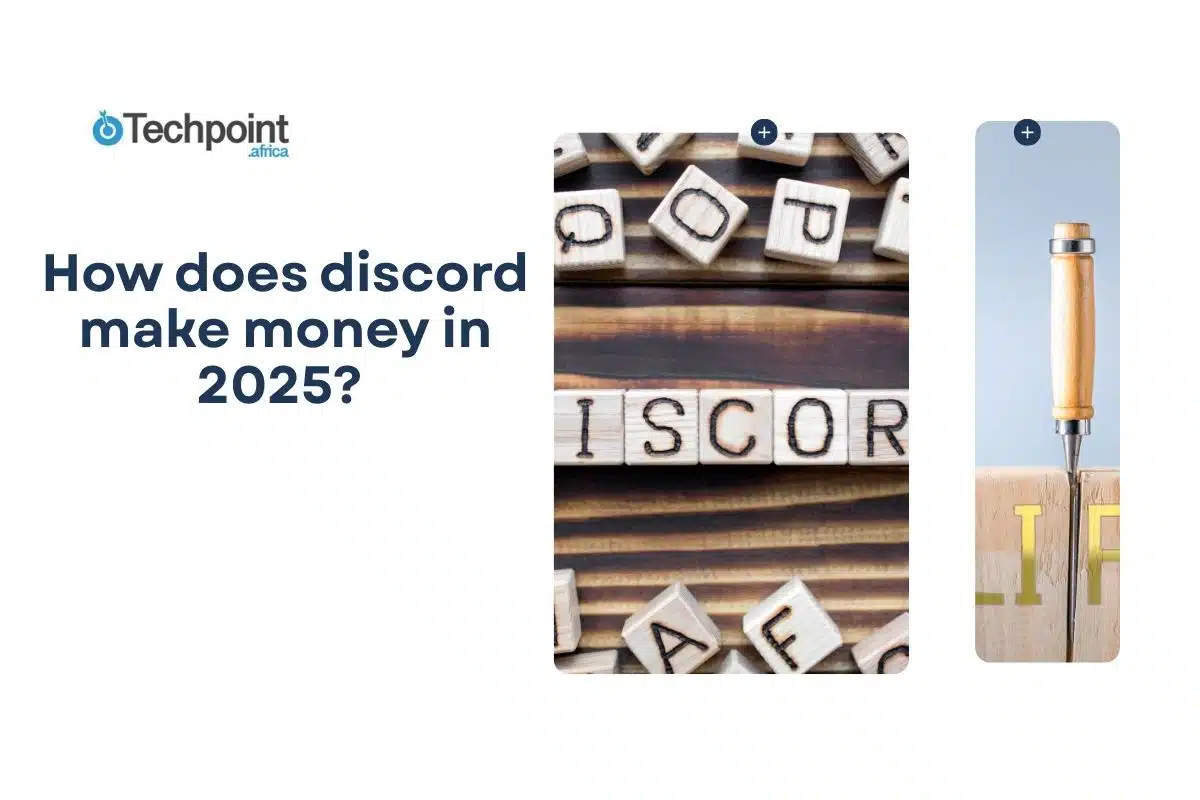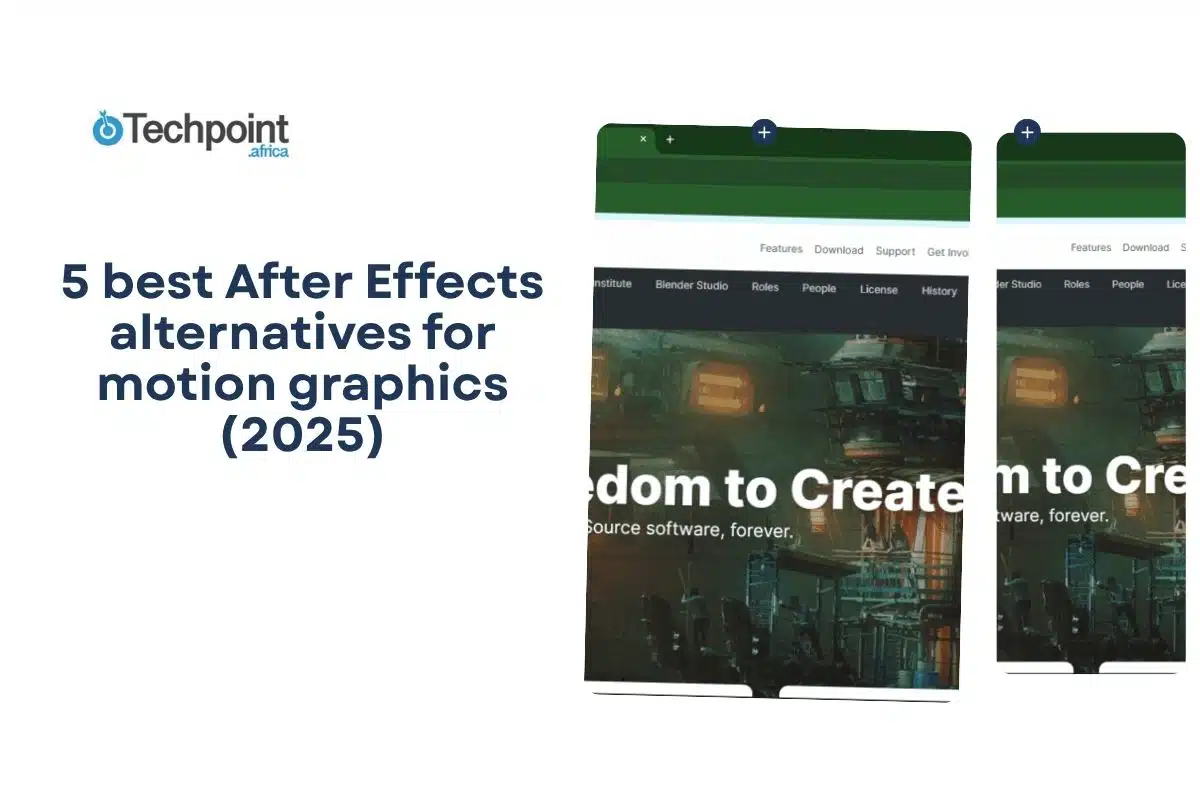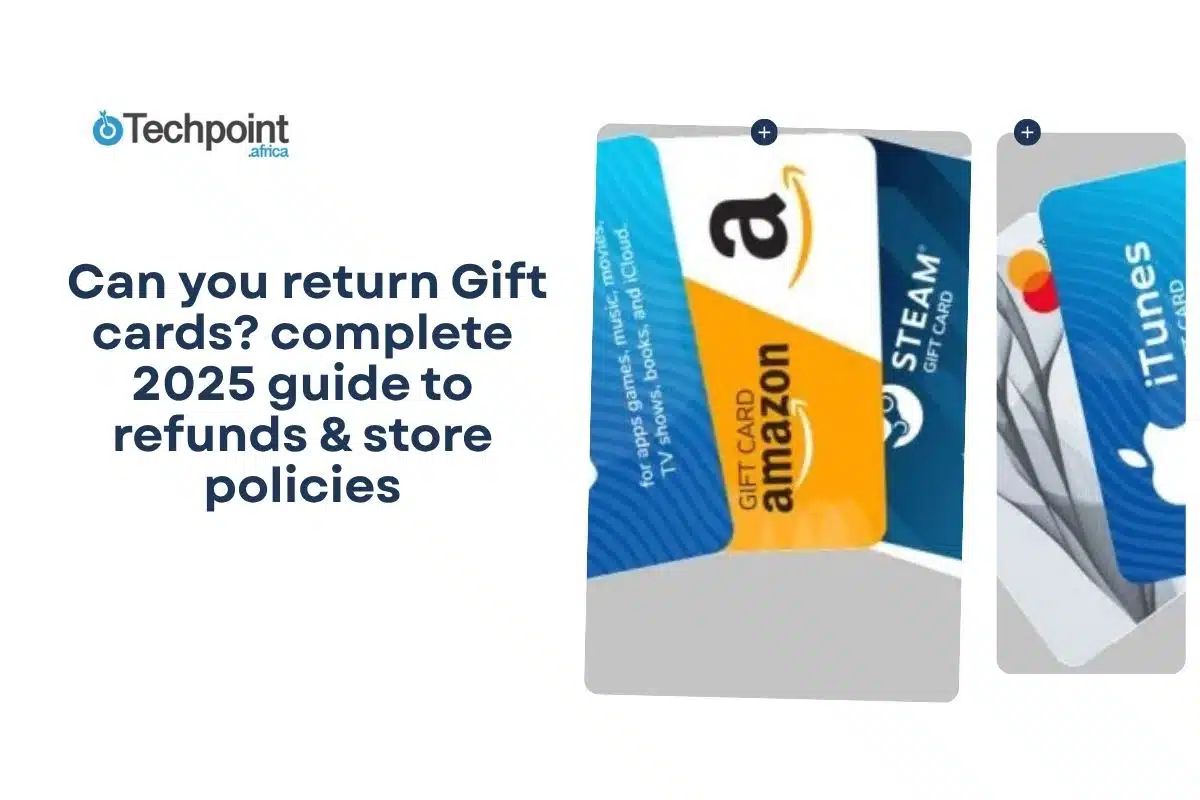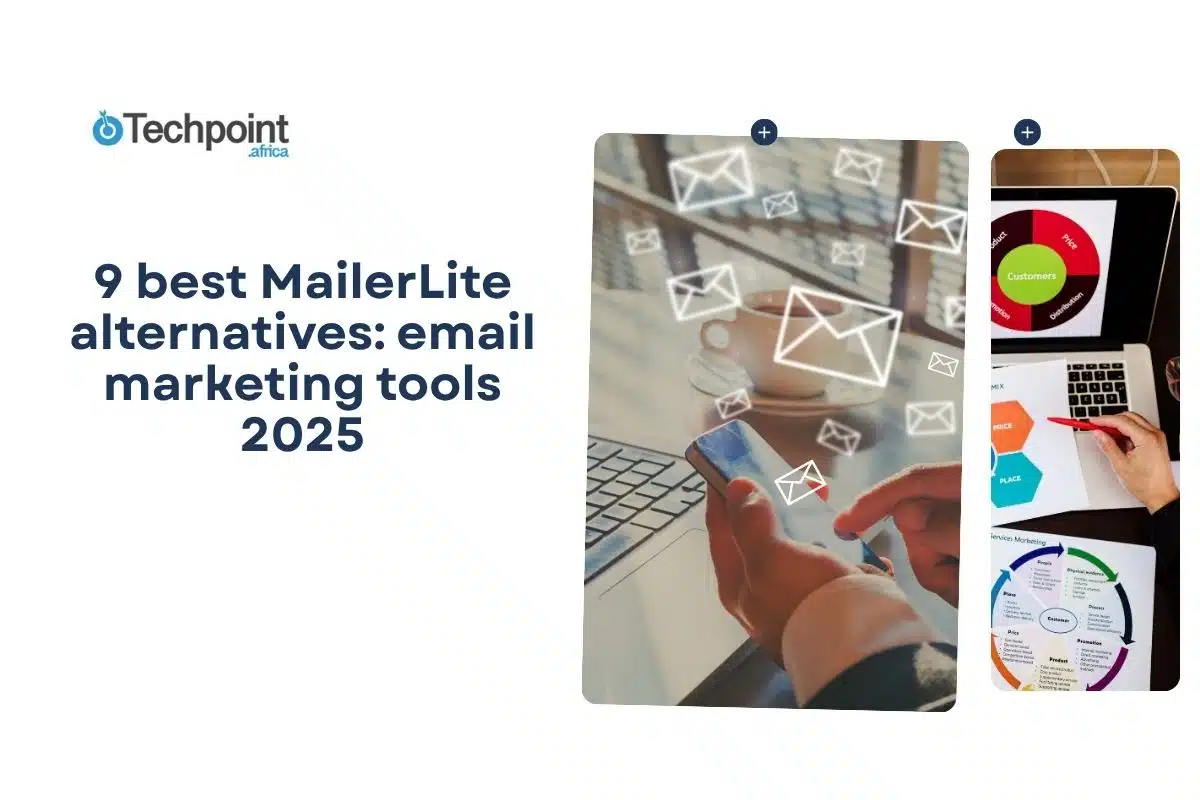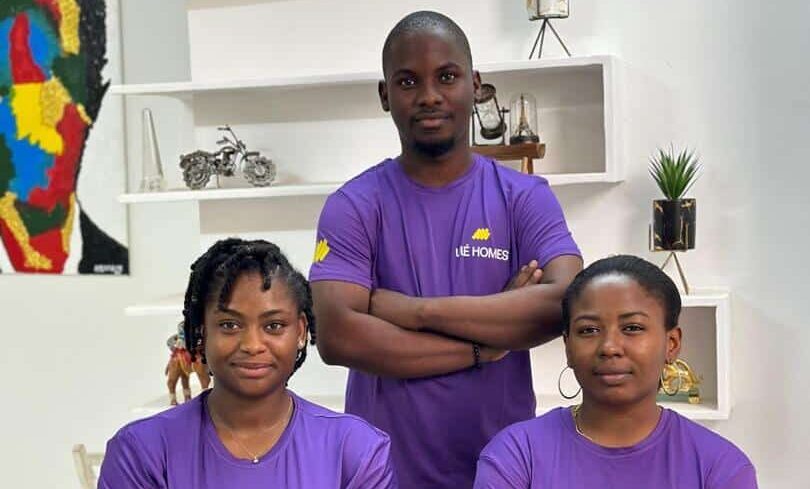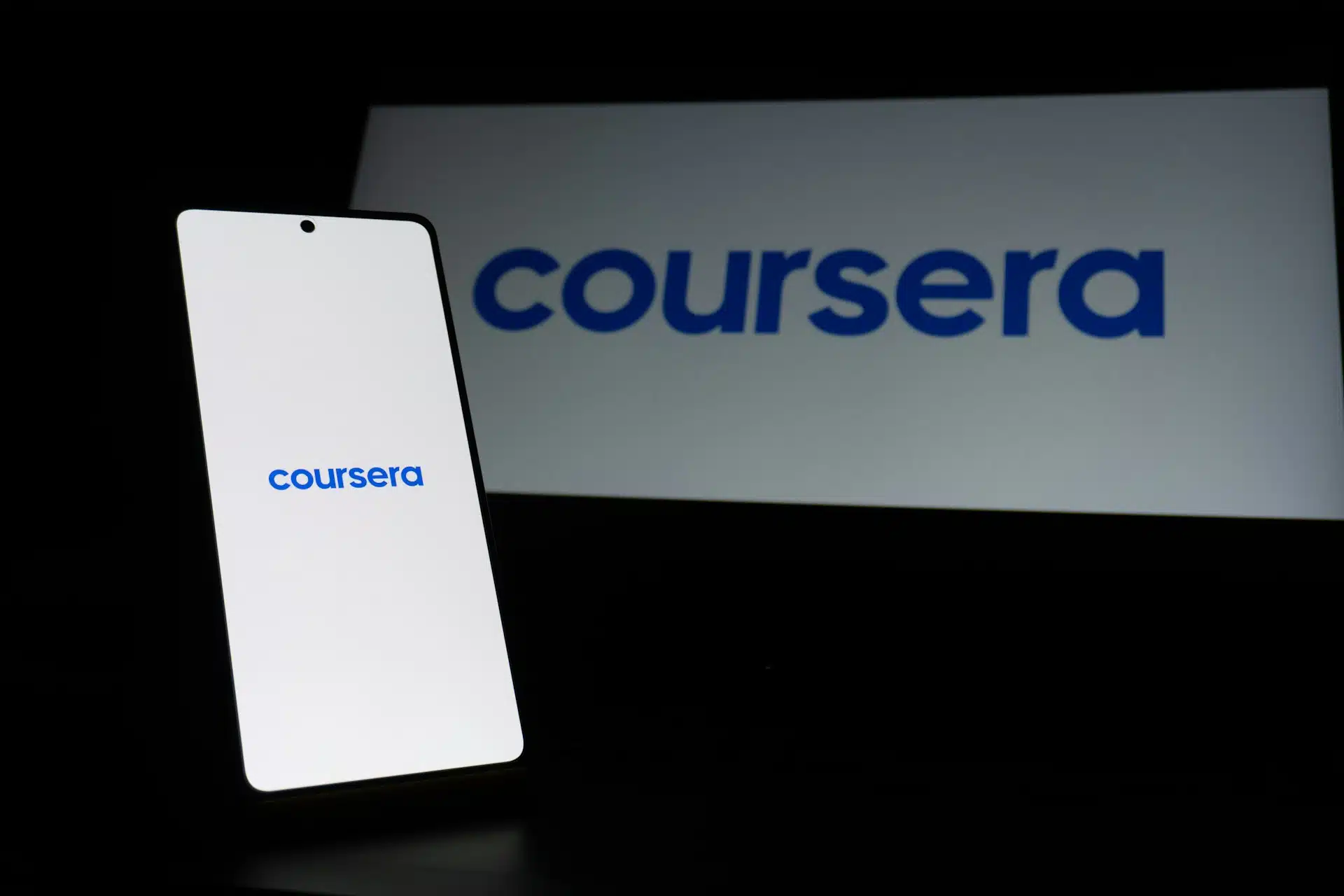You’ve probably used Discord to chat, stream, or hang out with friends and never paid a single kobo. That’s the case for millions of users every day. So it’s natural to wonder how Discord actually makes its money.
It’s not flooded with ads. It doesn’t sell your data. And most people never touch their wallet. Yet, the company brings in hundreds of millions every year.
In this article, we’re pulling back the curtain on how Discord makes money in 2025. From premium subscriptions to subtle new features, here’s exactly where the money comes from and what’s changed this year.
Discord’s business model at a glance
Discord runs on a model that’s familiar but refined: freemium. You get most of the features completely free, including text chat, voice calls, video, streaming, communities, and even custom emojis if the server allows it. But Discord also offers paid upgrades that give users more power, better quality, and exclusive perks.
Instead of putting up paywalls or spamming users with ads, Discord focuses on building loyalty first. The goal has always been to make it feel like a place you want to hang out in. That’s why the money-making features are either optional or tied to enhancing the experience, not limiting it.
The company earns revenue through things like:
- Nitro subscriptions
- Server boosts
- Paid server memberships
- Developer tools
- Light, opt-in advertising (very recent)
Each of these plays a different role in how Discord makes money and we’re going to walk through them one by one. First up: the one you’ve probably heard the most about, Discord Nitro.
Discord nitro
If there’s one revenue source Discord leans on the most, it’s Nitro. It’s the platform’s premium subscription and it’s been around since 2017. Nitro gives users a bunch of perks that make the Discord experience smoother, sharper, and more fun.
There are currently two main Nitro plans:
- Nitro Basic – around $2.99/month
- Full Nitro – around $9.99/month or $99.99/year
The full version is where Discord avails its premium features. Subscribers get:
- Custom and animated emojis you can use across all servers
- HD streaming (up to 1080p at 60fps)
- Larger file uploads (up to 500MB instead of 25MB)
- Animated profile avatars and banners
- A Nitro badge on your profile
- Two free server boosts (which we’ll talk about in the next section)
- Discounts on extra boosts
- Longer messages and more character space in your bio
It’s the kind of upgrade that appeals to power users, gamers, streamers, moderators, and anyone who spends a lot of time on the platform.
Nitro doesn’t feel forced, so it’s a strong income stream. The base app works fine without it. You’re not losing essential features, you’re just getting some extra functionality if you want it.
And apparently, a lot of people do. While Discord doesn’t always share subscriber numbers publicly, estimates from industry trackers and financial analysts suggest that Nitro brings in the majority of Discord’s revenue, over $300 million a year from subscriptions alone as of late 2024.
So even though most users stay on the free plan, Nitro’s success shows that people are willing to pay to make their favorite app even better.
Next up, we’ll look at another steady source of income that works hand-in-hand with Nitro: server boosts.
Server boosts: micro-payments that add up fast
If Nitro is Discord’s premium pass, server boosts are more like mini-upgrades. They are targeted, optional, and perfect for communities that want to level up their experience.
A server boost is a monthly purchase that improves the features of one specific server. It doesn’t upgrade your personal account like Nitro does. Instead, it adds benefits for everyone in that server.
Here’s what boosts can unlock:
- Better audio quality in voice channels
- More emoji slots (up to 500)
- A custom server banner and invite splash image
- Server vanity URL (like discord.gg/yourname)
- Higher upload limits for all members
- Animated server icon and better discovery features
It takes multiple boosts to hit the higher-tier perks: 2 boosts for Level 1, 7 for Level 2, and 14 for Level 3. That’s part of the genius: communities often pool resources or encourage members to boost the server together.
Each boost costs around $4.99 per month, but Nitro subscribers get a 30% discount and two free boosts as part of their plan. That’s a smart tie-in that keeps people subscribed to Nitro and investing in their favorite servers.
Now imagine this happening across millions of servers. Even if just a small fraction of them are boosted consistently, the revenue stacks up. These are recurring micro-payments that don’t seem like much individually, but collectively, they bring in serious cash.
Server boosts also strengthen Discord’s business model in another way because they’re community-driven. A boosted server feels more alive, more customized, and more exclusive, which means people stick around longer. And the longer they stay, the more likely they are to spend.
Coming up next: server subscriptions, Discord’s newer tool that helps creators earn directly from their communities, while giving Discord a solid cut of the action.
Server subscriptions: helping creators, earning for Discord
In 2024, Discord introduced a feature that quietly changed how communities can grow and how the platform earns. It’s called server subscriptions, and it lets server owners charge for access to exclusive content or perks inside their community.
A creator or server admin sets up paid membership tiers which are monthly plans with custom prices and rewards. These might include:
- Private channels just for subscribers
- Exclusive events or Q&A sessions
- Early access to announcements or content
- Roles that unlock VIP features
- Behind-the-scenes updates for loyal members
It’s completely optional, and users can still be part of the server without paying. But for creators, it’s a way to build sustainable income without leaving Discord, and for Discord, it’s another way to earn.
Discord takes a 10% cut of whatever creators make, which is lower than most platforms. For comparison, YouTube takes 30%, Patreon takes around 8-12% (plus fees), and Twitch can take up to 50%. By keeping its cut small, Discord encourages more server owners to monetize.
This feature is still rolling out, but it’s growing fast, especially in niche communities like coding help, finance, gaming clans, and mentorship groups. It turns Discord from “just a chat app” into a full platform where creators can actually run their business.
And of course, every time someone signs up for a subscription, Discord gets its share, without running ads, without charging most users, and without breaking the trust that makes people stay.
Next, let’s talk about one income stream that’s not as big as the others, but still worth mentioning: game sales and developer tools.
Game sales and developer tools
You might not think of Discord as a place to buy games, but for a while, Discord tried to become just that. Back in 2018, it launched a full-on game store to compete with Steam. It didn’t take off.
So, Discord pivoted.
Instead of building a storefront, it now lets verified game developers sell games directly through their own Discord servers. It’s low-key, embedded in the community, and lets fans buy straight from the people who made the game.
Discord takes a 10% cut from each sale—far lower than Steam (30%) or even Epic Games (12%). This makes it more appealing to indie developers and studios who already use Discord to build their player base.
Besides games, developers can also sell:
- DLCs
- Exclusive server roles
- Premium access to game features
- Early access to content or builds
While this isn’t a huge revenue stream yet, it fits Discord’s overall vibe. It lets communities support the creators they care about. It also lays the groundwork for more commerce-based features in the future.
And since Discord already is where many gaming communities live, the potential is there, especially if the company decides to expand its tools for developers and digital sellers.
Now let’s explore something newer, and potentially much bigger: advertising on Discord. Yes, it’s finally happening, but in a very Discord way.
Advertising on Discord
For years, Discord proudly claimed to be ad-free. No banner ads. No pop-ups. No tracking across the web. That promise helped build trust and kept Discord feeling like a space, not a product.
But in 2024, that changed. Ads are here, but not in the traditional sense. And definitely not everywhere.
Instead of flooding timelines or stuffing servers with promotions, Discord rolled out two low-key, user-controlled formats:
- Quests
These are sponsored in-app challenges tied to games. For example, a user might stream a specific game to friends for 15 minutes. If they do it, both the streamer and the viewer might earn a badge or digital reward.
These quests are promoted by game developers who pay Discord to feature their title. It’s a way to get people playing, talking, and sharing games organically, without needing a loud billboard ad.
- Orbs (In Testing)
Discord also began testing Orbs in select communities. These are glowing, clickable items that users can interact with to watch short ads. In return, they get Orbs, a kind of in-app currency that can be traded for Nitro trials, emoji packs, or digital perks.
If you want to see an ad, cool. You’ll get something for it. If you don’t, you’ll never see it.
Discord knows its audience. Loud, intrusive ads would push users away fast. So they’re keeping the format opt-in, limited, and experience-based. They’re also being transparent about their goals: Discord wants ad revenue to eventually match what it makes from Nitro.
It’s still early days, but these ad models could turn into a strong third pillar of Discord’s income alongside subscriptions and boosts. The company gets paid by sponsors, users get rewards, and communities stay largely untouched.
Next, let’s look at some smaller income streams, tools and features that hint at where Discord could be headed next.
Other ways discord makes money (and where it might be headed)
While Nitro, boosts, and ads cover most of Discord’s income, there are a few other sources worth knowing about. They’re smaller, less visible, but still part of the bigger picture.
Developer tools and future monetization
Discord is slowly building out developer-facing features that could become paid tools or revenue-sharing models. For example:
- Bot marketplaces: Right now, you can find free bots everywhere. But in the future, Discord might allow creators to sell premium bots, with Discord taking a cut.
- App subscriptions inside Discord: Think of services like AI tools, role managers, or moderation apps offering paid upgrades, all inside Discord, without needing a website.
- Integration fees or platform services: As more creators and businesses use Discord professionally, there’s room for B2B pricing models, like Slack does.
These aren’t rolled out yet, but Discord has hinted at them. It’s clear the platform wants to be more than just a chat app, it’s positioning itself as an ecosystem where digital communities can build, sell, and grow.
Partnerships and promotions
Discord also earns through limited-time brand deals or cross-promotions. For example, it has partnered with companies like Xbox, Epic Games, and YouTube to offer free Nitro trials, which helps boost subscriptions and user activity.
Some of these partnerships are sponsored. Others are strategic. Either way, they add short-term value and long-term user retention.
In short, Discord is slowly layering in more ways to earn. It’s not rushing. It’s testing. And so far, it’s doing it without turning the platform into a billboard.
How much money does Discord make?
Let’s talk numbers. Discord doesn’t release detailed financial reports, but there’s enough data out there to paint a solid picture.
According to multiple sources and financial estimates:
- In 2023, Discord made around $575 million
- By 2024, revenue crossed $600 million
- Most of that came from Nitro subscriptions and server boosts
The user base also continues to grow:
- Over 150 million monthly active users
- More than 500 million registered users in total
- Millions of users paying for Nitro, boosts, or server memberships
Even if only a small percentage of users pay, Discord’s size means those numbers add up quickly.
For example:
- If just 3 million users pay for Full Nitro at $9.99/month, that’s nearly $360 million/year
- Add server boosts, which often come from the same user group, and you can see how Discord passes the half-billion mark comfortably
Ad revenue is still new but expected to grow quickly. Discord has publicly said that it wants ad income to rival Nitro revenue in the near future.
So while it’s not on the level of giants like YouTube or Meta, Discord is no small player either. It’s making real money and doing it mostly without ads or data sales.
But is it enough to turn a profit? Let’s get into that next.
Is Discord profitable yet?
Now that we know Discord is making money, the next question is: is it keeping any of it?
The short answer? Not yet. At least, not officially.
Even with hundreds of millions in revenue, Discord has a lot of expenses. Think:
- Massive infrastructure costs (servers, bandwidth, global scaling)
- A team of 1000+ employees, including engineers, designers, support, and trust & safety staff
- Moderation tools and security investments
- Ongoing product development and feature testing
That’s a lot of money going out the door every month. And while Discord is clearly growing, it’s also been focused on building for the long term, not rushing to turn a quick profit.
There have also been reports of Discord cutting costs and streamlining operations in 2024. Some roles were consolidated. Teams were refocused.
And that step might be an IPO (Initial Public Offering). There’s been talk since 2021, but recent activity shows Discord is finally getting closer to going public. If that happens, profit margins, earnings reports, and long-term investor strategy will suddenly matter a lot more.
For now, Discord is still playing the long game. But with multiple income streams finally in place, it’s getting closer to turning all that revenue into real profit.
How discord makes money without selling your data
One of the reasons people stick with Discord is trust. It’s not perfect, but it’s built a strong reputation for putting users first, and part of that comes from what it doesn’t do.
Unlike many social platforms, Discord doesn’t make money by selling your data. No selling your chats to advertisers. No following you across the internet. No algorithm tracking your interests to build ad profiles.
Instead, Discord’s business model is designed to stay aligned with users. You pay for better features, not to escape surveillance.
This matters more than ever in 2025, when data privacy is a hot-button issue. Platforms that rely on user trust (especially in gaming and community spaces) can’t afford to lose it. Discord knows this, and it’s been careful to keep its monetization strategy clean.
That’s also why the new ad formats, like Quests and Orbs, are opt-in and non-intrusive. You choose when to engage. Nothing is forced.
It’s a refreshing approach. And it’s helping Discord grow without cutting corners or betraying its core user base.
So, how does discord make money?
Discord makes money by offering optional upgrades that enhance the user experience, not by restricting access or flooding the app with ads.
Here’s the breakdown:
- Nitro subscriptions are the biggest moneymaker, giving users more customization, better quality, and exclusive perks
- Server boosts allow communities to level up their space, and the recurring payments add up fast
- Server subscriptions help creators earn money directly from their audience, while Discord earns a cut
- Game sales and developer tools offer smaller but growing income from verified servers
- New ad features like Quests and Orbs are bringing in sponsor dollars without disrupting the user experience
All of this happens without selling your data, which is a significant reason why people continue to use Discord.
It’s a model that respects the user, rewards loyalty, and keeps the core experience free of charge. And as Discord continues to grow and test new features, we’ll probably see more creative ways it brings in revenue, without turning into something it was never meant to be.
Got questions, thoughts, or your own take on how Discord makes money? Drop them in the comments; we’d love to hear what you think.

